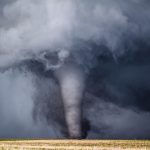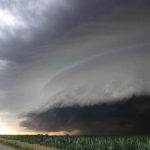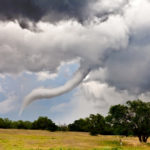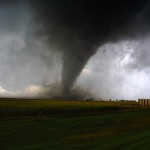As we near the mid-point of summer, and even though it hasn’t felt like it lately, we are heading into peak thunderstorm season. Over the last month or so, I have discussed atmospheric stability and instability and how this can lead to the development of thunderstorms. We investigated what it takes for a regular thunderstorm










